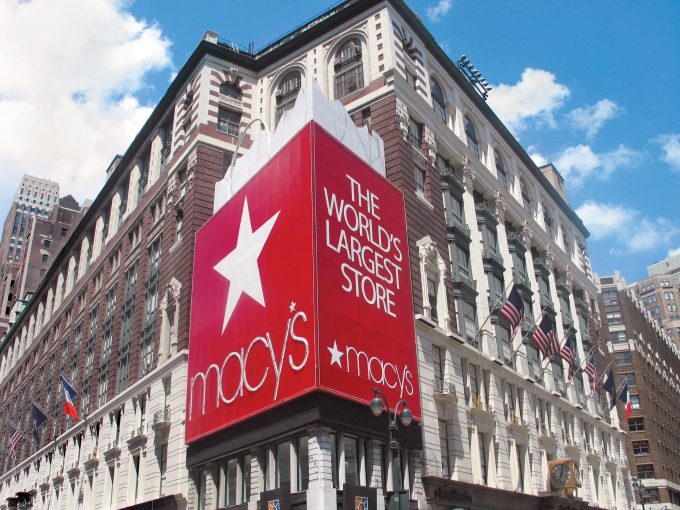K+N will take financial hit to 'create critical mass' for smart labels
The success of ‘smart’ labels hinges on mass adoption to bring prices from unsustainably high ...

Retailers and emerging economies are driving growth in smart packaging, a sector that will double in value to $26.7bn by 2024, according to a report by Grand View Research.
However, while the technology has the potential to redefine the supply chain, companies must be prepared to effectively manage the data supplied, warned Sian Hopwood, SVP for B2B at Kewill.
Ms Hopwood said that as RFID-enabled smart packaging becomes an increasingly common element of the supply chain, logistics companies must ensure that they have the right tools in place to handle the massive upswing in data.
“While gaining information streams from each package can provide useful insight into arrival times, delays and environmental conditions, companies must be able to sort and manage that information in one place,” she added.
Grand View Research said that an upturn in smart packaging by the food and beverage industry was expected to drive the growth – smart packaging can help with improving shelf-life, as well as controlling moisture and temperature.
“Rising need for environment-friendly sustainable products, on account of growing demand from food & beverage and pharmaceutical industries, is expected to propel the market over the next eight years,” the report says.
Smart packaging is growing hand-in-hand with RFID tagging on stock, with retailers driving growth.
Department store Macy’s is calling on all of its suppliers to fit passive ultra-high-frequency (UHF) RFID tags to all merchandise by the end of 2017, according to RFID Journal.
Macy’s SVP of logistics and operations, Bill Connell, told attendees at the RFID in Retail and Apparel conference in New York this month there was a much greater acceptance and greater understanding of the benefits of RFID among suppliers.
“There is a momentum that suggests to us that we are pretty much at that tipping point,” he added.
Mr Connell said the department store was aiming to have all its items tagged by the end of 2017.
“We still have a lot of work to do with our suppliers to get that joint commitment to apply tags at source,” Mr Connell told conference attendees. “But we are fully prepped and continue to expand our use of RFID.
“We are now moving into additional use cases that are enabled because of RFID and, equally important, because of the availability of accurate information, on a very quick basis,” he told the delegates.
In an attempt to manage the data coming online, Ms Hopwood said logistics providers may turn increasingly to a control-tower model. Control towers can provide comprehensive visibility and help in preventing lost shipments by aggregating data in the cloud and flagging up any anomalous incidents which need attention.
“A cloud-based control tower strategy can also help controllers access specific smart packaging data from across the supply chain on-demand, without the need to manually sift through terabytes of information,” she added.
Comment on this article